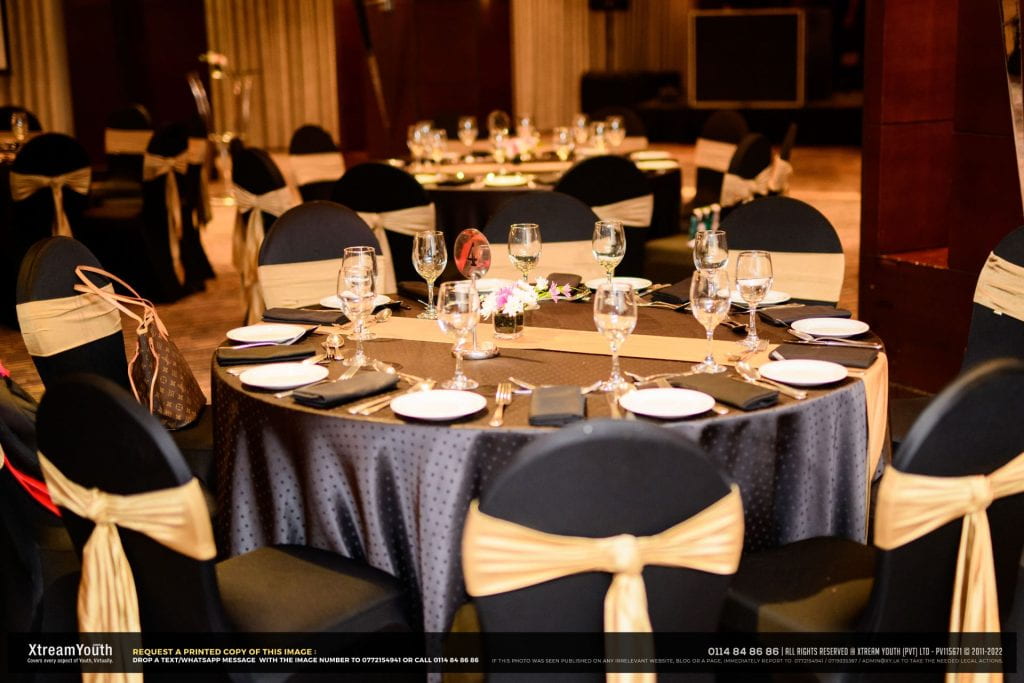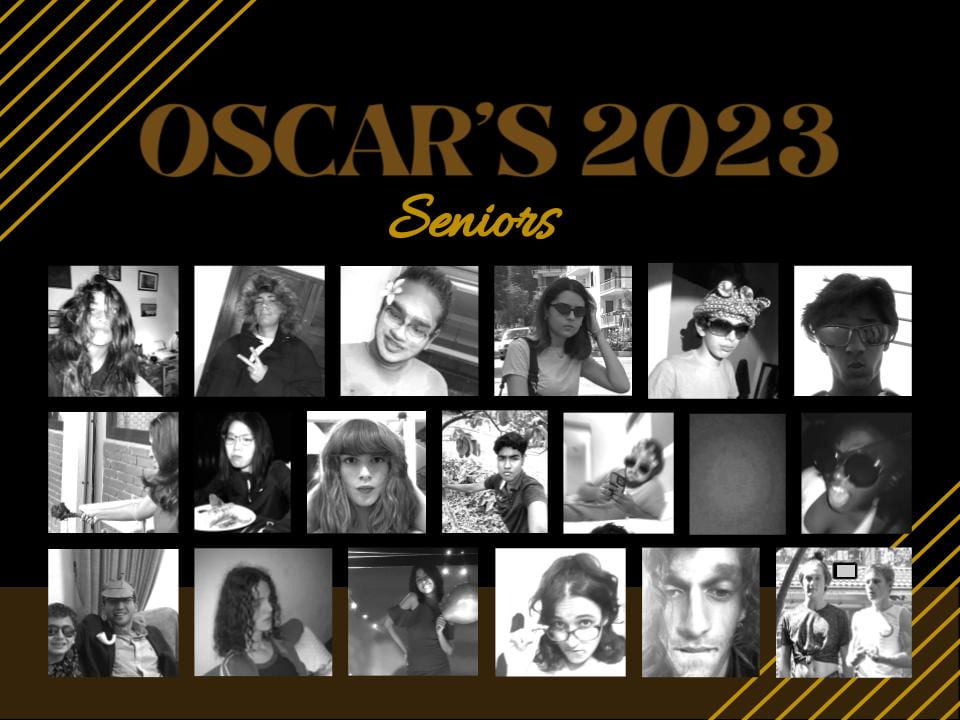CAS Journey Reflection:
Throughout my CAS journey, I was able to participate in and initiate many different non-academic experiences. Some highlights include: Being a service leader, being a part of OSC’s Eco-Schools Council, participating in SAISA Art, Orientation & Week Without Walls trip, planning and creating my own 3D designs and helping OSC achieve their Eco-Schools Green Flag. Special thanks to Mr. Lockwood, who as the Service teacher, helped with service-related experiences, and Mr Poulus, who gave me the opportunity to participate in the Eco Schools Council, The Eco-Schools audit, and OSC’s open day.
Creativity:
Learning Outcomes [LO]:
- Identify your own strengths and develop areas for personal growth.
- Demonstrate that challenges have been undertaken, developing new skills in the process.
- Demonstrate how to initiate and plan a CAS experience.
- Show commitment to and perseverance in CAS experiences.
- Demonstrate the skills and recognize the benefits of working collaboratively.
Creativity has been the aspect I focused and developed on the most during my CAS experience. All of my explorations into the creative aspect of CAS, with the exception of the CAS project, have been largely individual. This means that for creative projects, I initiated, planned and completed them individually. For example, my 3D-designed and printed Nerf Turrets or 3D Designed and Printed Watch Charger all show LO1 LO2 LO3 and LO4, as these projects took a long time to complete, were completed myself, and I had to learn new skills to complete them. There was also collaboration in some of my explorations into creativity. For example, my posts on my SAISA Art Trip, highlight how I worked collaboratively to explore different types of art, in Jordan, LO5. My CAS Project also focused on creativity, in addition to service, demonstrating LO3 and LO4.
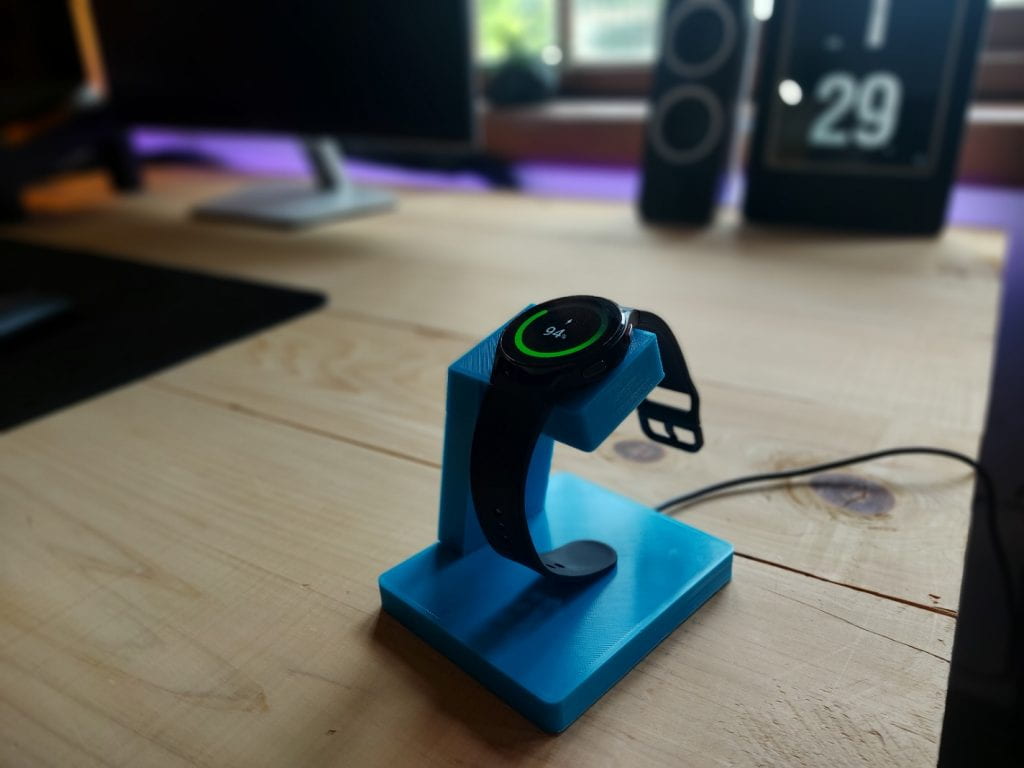

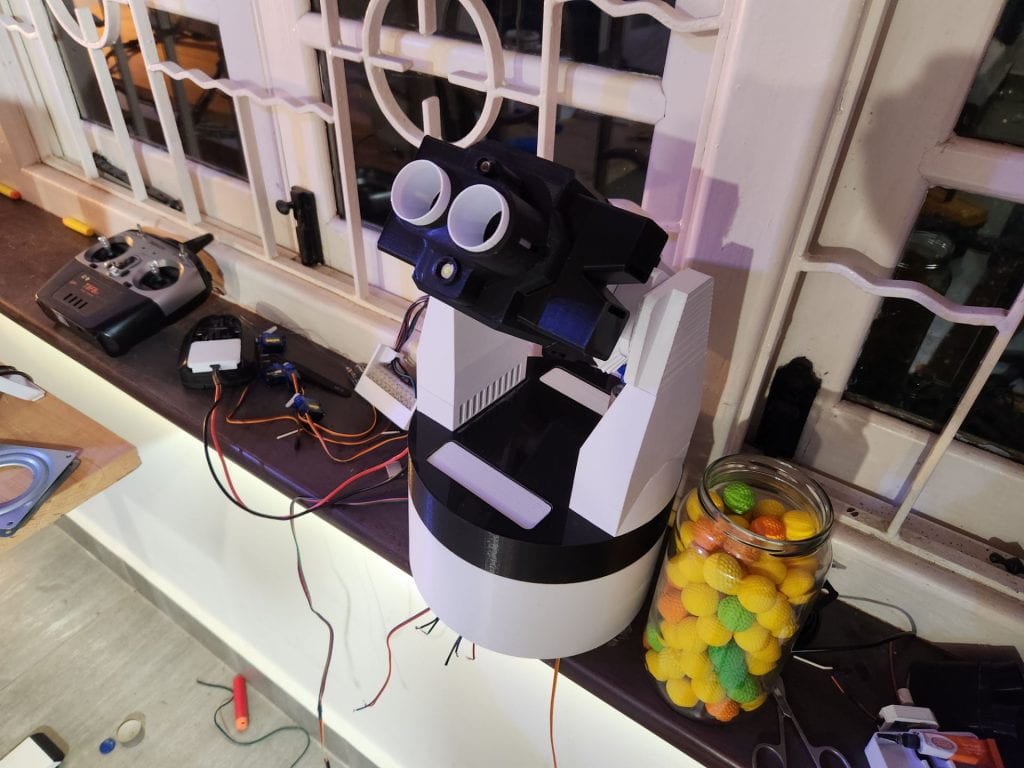
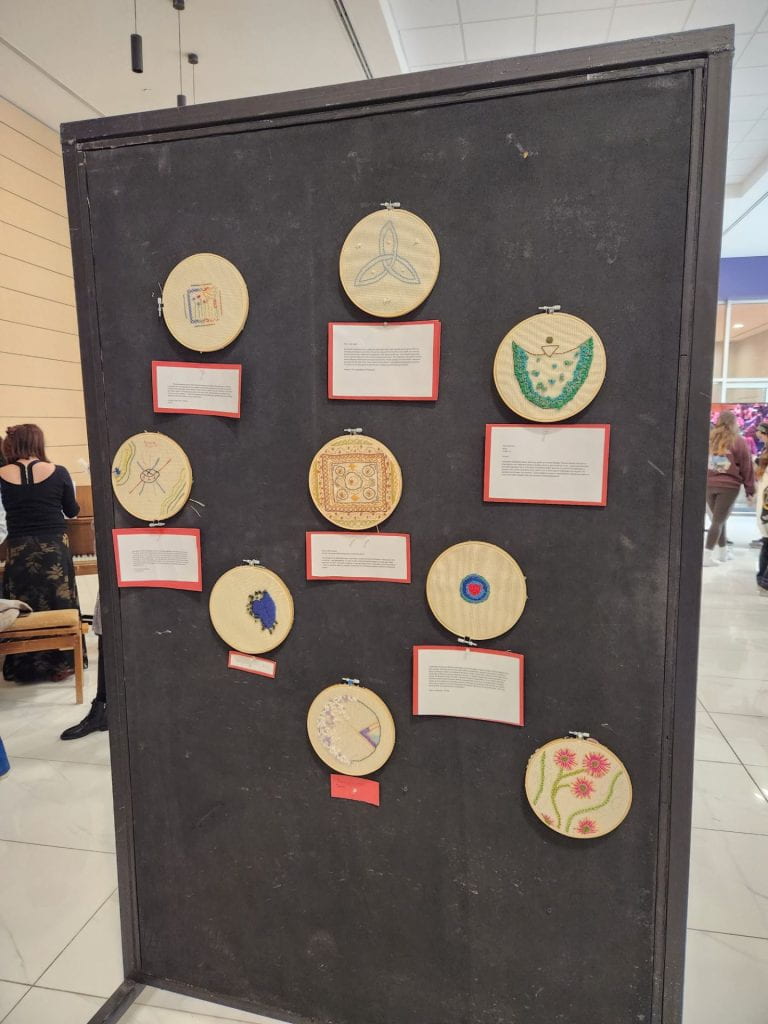
Activity
Learning Outcomes [LO]:
- Identify your own strengths and develop areas for personal growth.
- Demonstrate that challenges have been undertaken, developing new skills in the process.
- Demonstrate how to initiate and plan a CAS experience.
- Show commitment to and perseverance in CAS experiences.
When I began my CAS journey, I struggled to think of ways I could remain active. I was not the biggest fan of afterschool sports as they are very competitive, so I decided to do individual activities to keep myself active, all of which I planned individually, for my own personal benefit. I would frequently go on 10-20km bike rides around Colombo, demonstrating LO2, and LO3. Also, frequent long walks, as not only does it improve my physical fitness, but also help clear my mind, and keep me focused. For long weekends or holidays, my family often goes to Amba Tea Estate in the hill country of Sri Lanka, which has numerous hikes and walking trails demonstrating LO2, and LO4. Hikes are one of my favourite ways to be active and whenever I get the chance to do one, I will. Near the end of my CAS journey, I began a swimming routine and was able to track my progress using my smartwatch demonstrating LO1, LO2, and LO4.




Service
Learning Outcomes [LO]:
- Demonstrate that challenges have been undertaken, developing new skills in the process.
- Demonstrate how to initiate and plan a CAS experience.
- Show commitment to and perseverance in CAS experiences.
- Demonstrate engagement with issues of global significance.
Service has been a large part of my CAS journey. I am a service leader for OSC’s Recycling and Sustainability, so a lot of my posts focus on what our service is working on, and our future goals. I am also a part of OSC’s Eco schools Council. For the Eco schools council, I played a major part in representing OSC in our Eco-Schools Green Flag Audit demonstrating LO4, and LO6. We are the first school in Sri Lanka to receive the eco school’s green flag, making Sri Lanka the 74th country to have an eco-school. I also was a part of OSC’s open day, where new families are able to see the campus and learn about OSC. I gave a presentation during the open day about OSC’s environmental progression. Demonstrating LO6. My CAS project was also aimed at service, as I designed, created, and printed signs on our service new recycling room demonstrating LO2, LO3, LO4, and LO6.
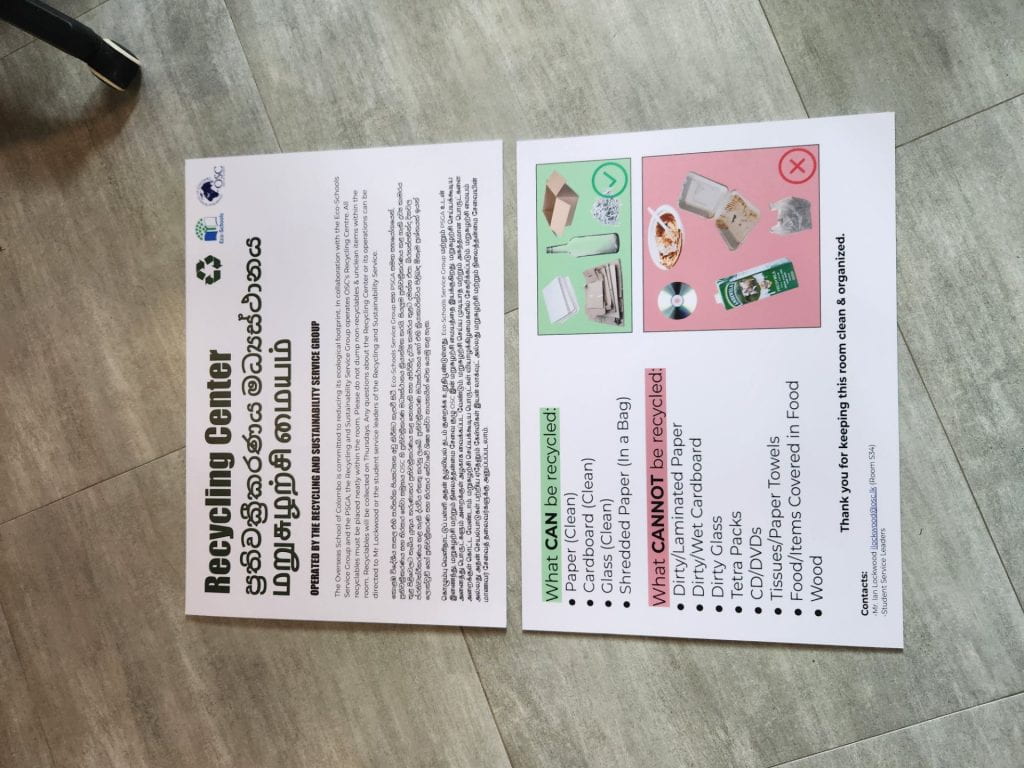
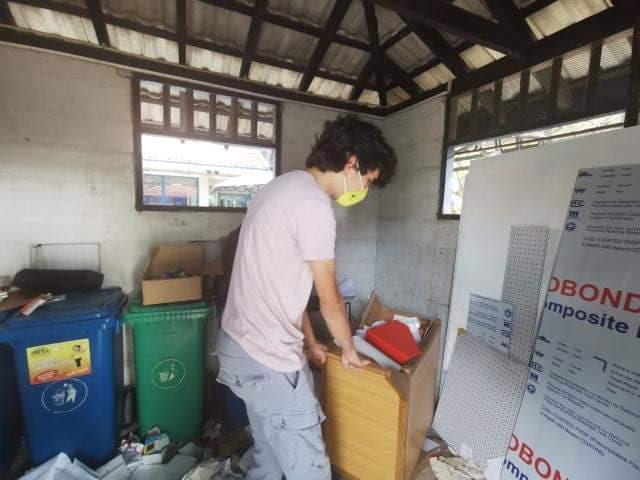
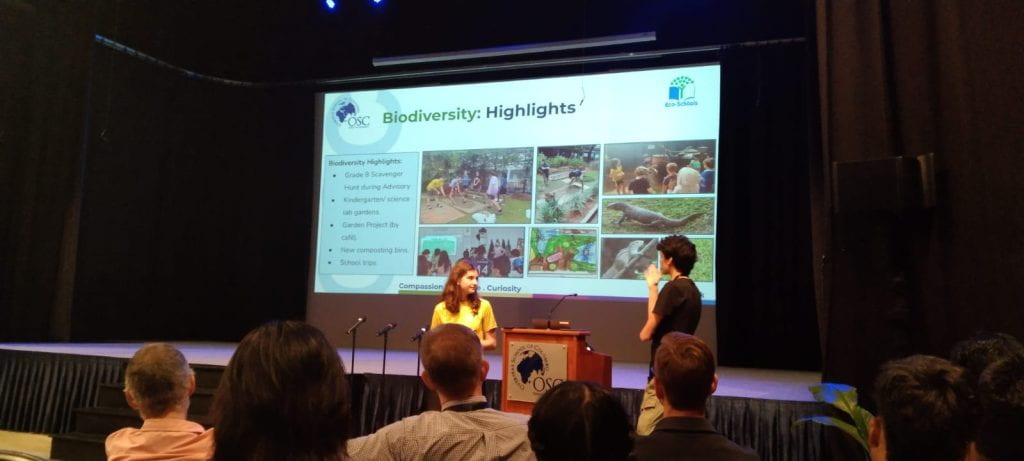

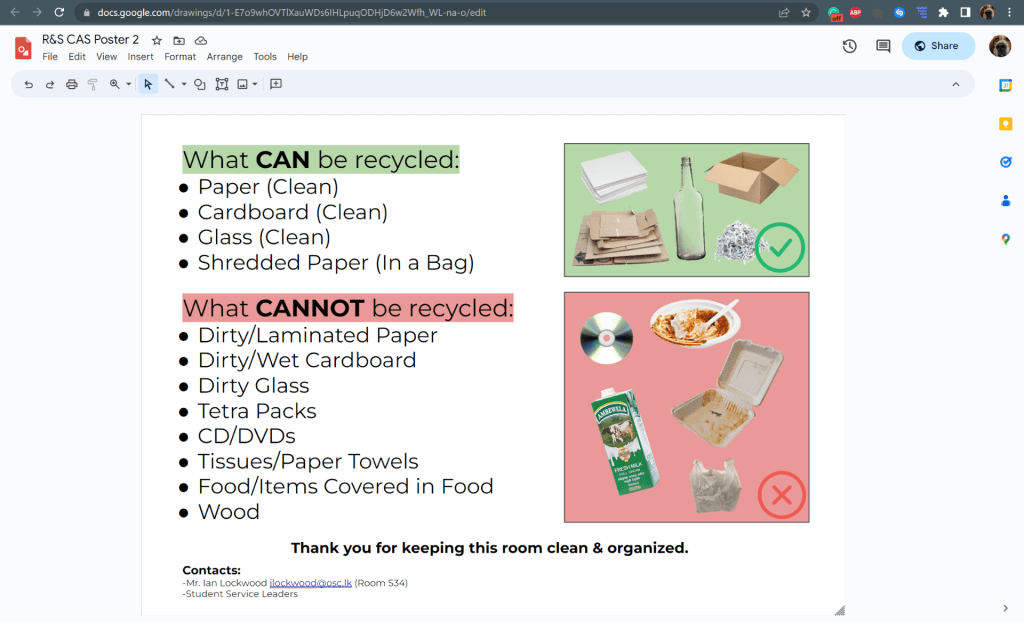
 Summary of OSCARS Preparations:
Summary of OSCARS Preparations:

